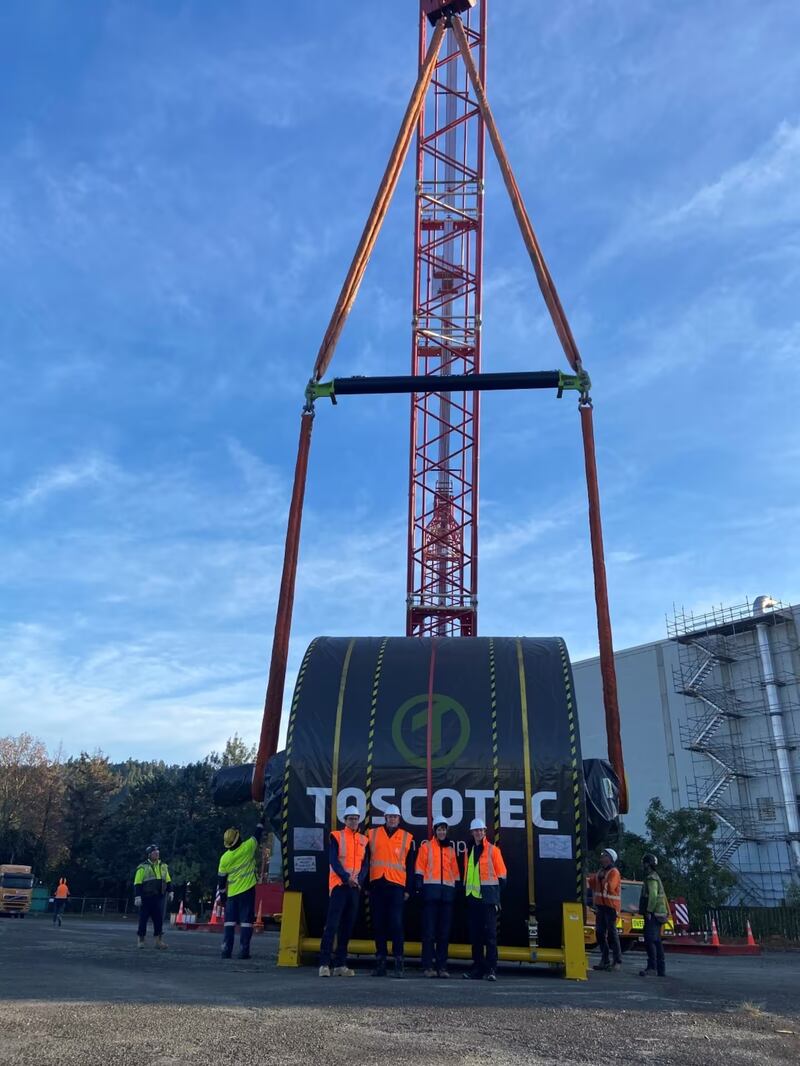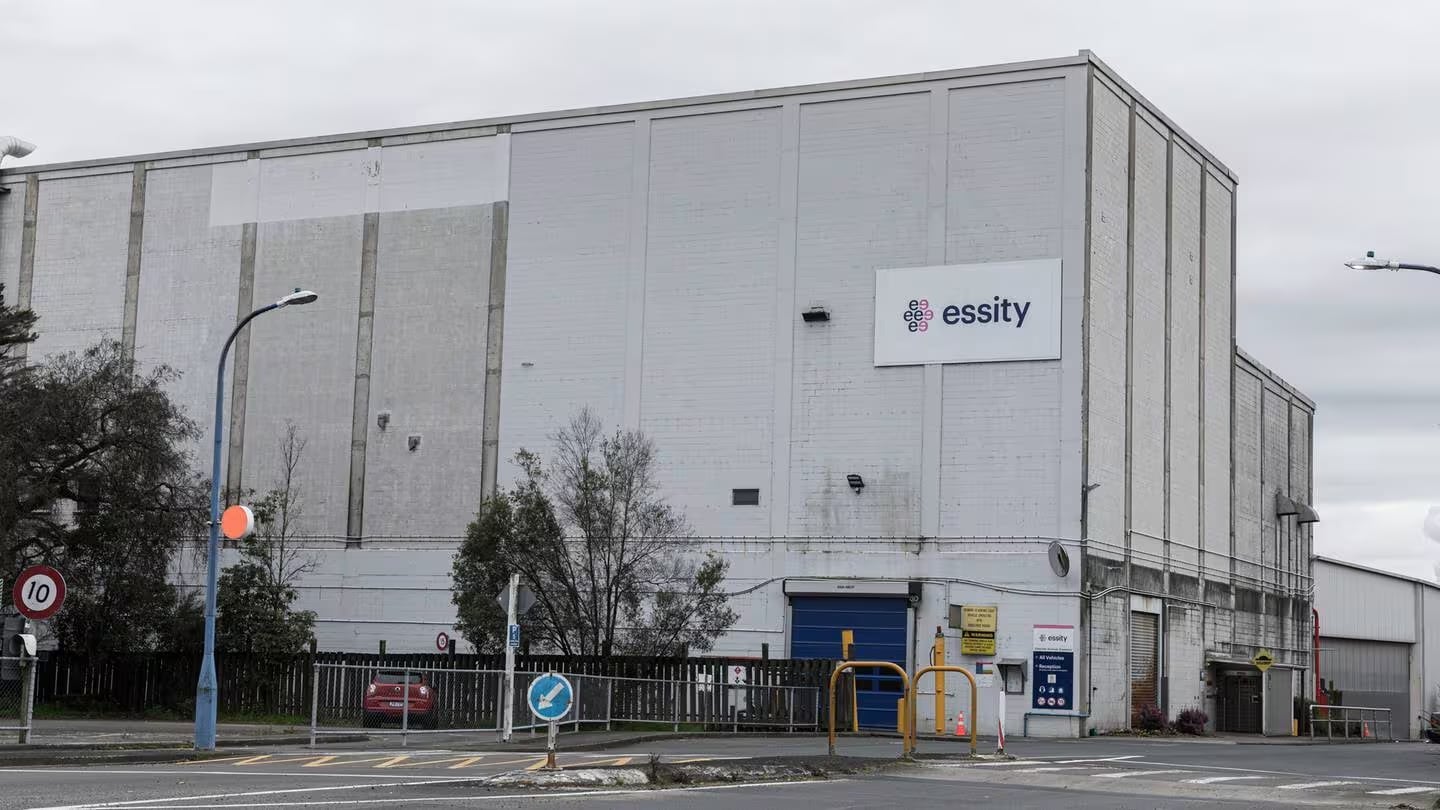“This article was first published by NZME.
A toilet paper manufacturer’s switch from using natural gas to geothermal steam will reduce carbon emissions by an amount equivalent to removing over 2200 cars from the road, a mill company says.
Essity said in a statement its Kawerau mill in the Bay of Plenty was the nation’s “only paper manufacturer and converter of toilet tissue and paper towels”, producing around 55,000 tonnes of products each year for brands such as Sorbent, Purex, Handee and Tork.
The Sweden-headquartered company said by the end of this year its Kawerau paper machine would use renewable geothermal steam, with the last natural gas component on the machine being replaced with a new drum dryer using geothermal steam for heat and drying.

The statement said the programme to reduce the mill’s emissions had been going more than a decade, with Essity putting $20 million into decarbonising its Kawerau paper production.
“With this transition to geothermal steam, the total carbon footprint for Essity’s Kawerau site will be about 66% lower in 2025 than it was in 2009.
“The emissions reduction delivered by this shift to geothermal steam will be equivalent to removing over 2200 cars from the road.”
Essity Australasia senior manager sustainability Jake Hatton said the geothermal project at Kawerau would also improve paper machine efficiency and product range capability.
“Consumers are demanding more sustainable products,” Hatton said.
“Kawerau is a great place for paper-making because of the access to geothermal steam, a renewable energy resource that is sustainably managed by our geothermal steam partner and supplier, Ngāti Tūwharetoa Geothermal.”
The partnership with Ngāti Tūwharetoa was contributing to the socio-economic health of the local community, helping fund local marae, housing and education, Essity’s statement said.
The project would offer local businesses more opportunities with around 80 contracted staff involved plus 25 Essity engineering, operations, safety and management employees.
The decarbonisation project was largely co-funded by Essity and the Energy Efficiency and Conservation Authority (EECA).
EECA group manager delivery and partnerships Richard Briggs said it had worked closely with Essity for several years, and it was wonderful to see the PM3 dryer hood project reach the installation stage.
“Geothermal steam is a great renewable fuel solution for the Kawerau site, and EECA is pleased to have supported Essity in the switch to clean and clever technology.”
EECA had also supported Essity to reduce energy costs and improve productivity.
About the Kawerau geothermal field
- The system covers an area of about 35km2
- Estimates of the total available resource are between the equivalent of 350 MW(e) and 570 MW(e)
- Several different companies draw on the Kawerau geothermal resource for both Geothermal industrial use direct heat use and electricity production.
- Four major consent holders include Mercury NZ Limited, Ngāti Tūwharetoa Geothermal Assets Limited, Geothermal Developments Ltd, and Te Ahi O Māui Partnership.
- NZME



